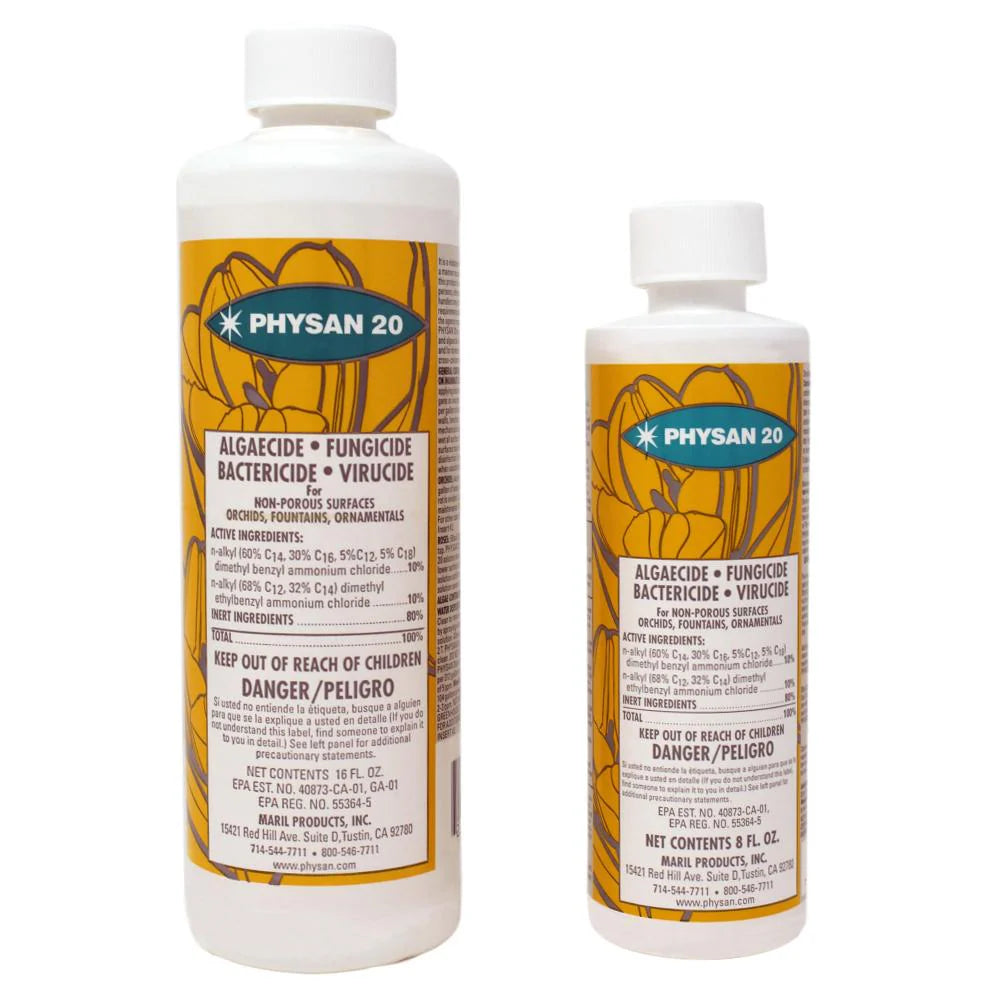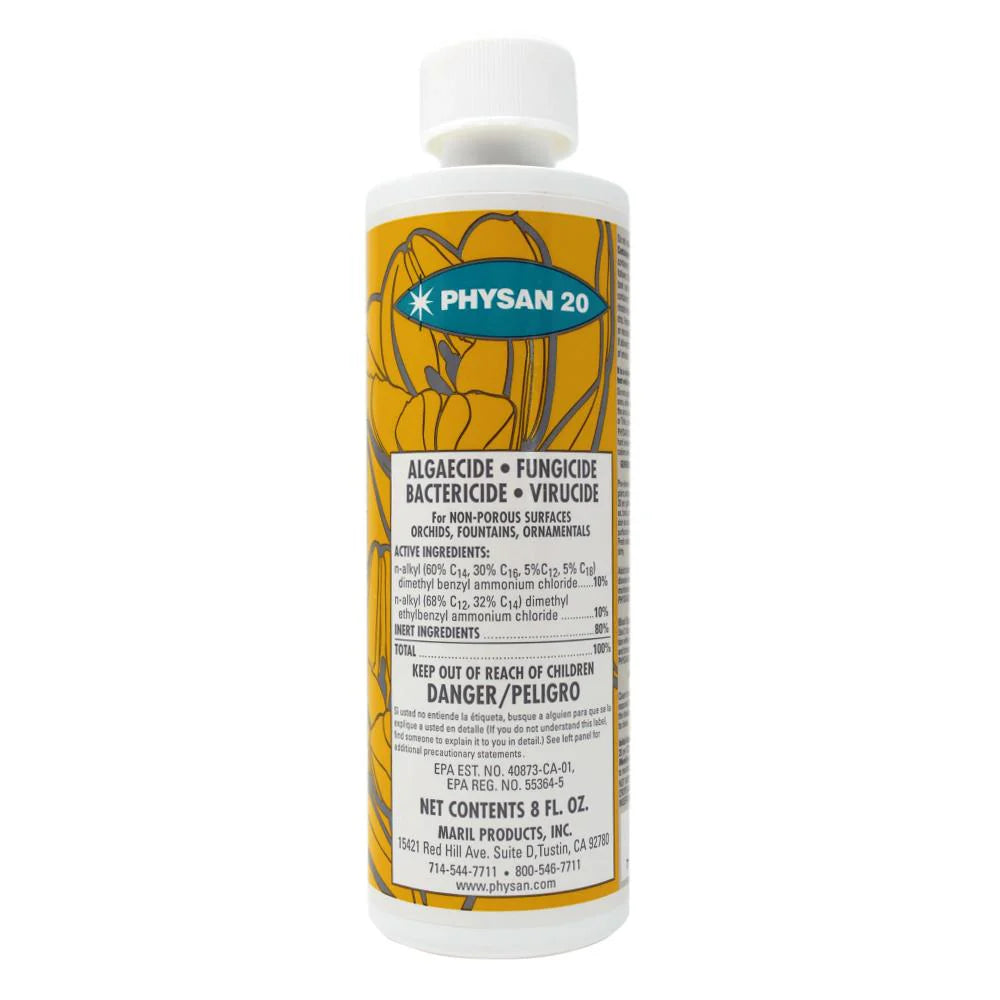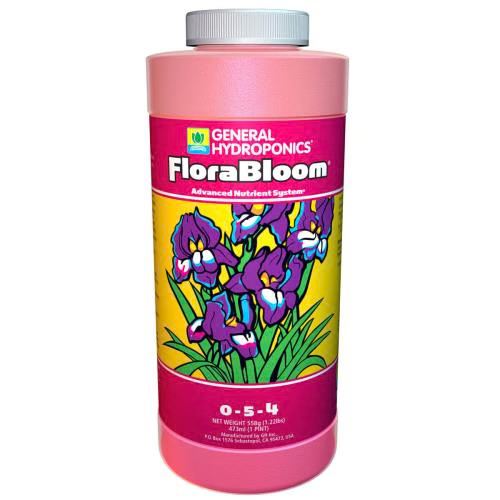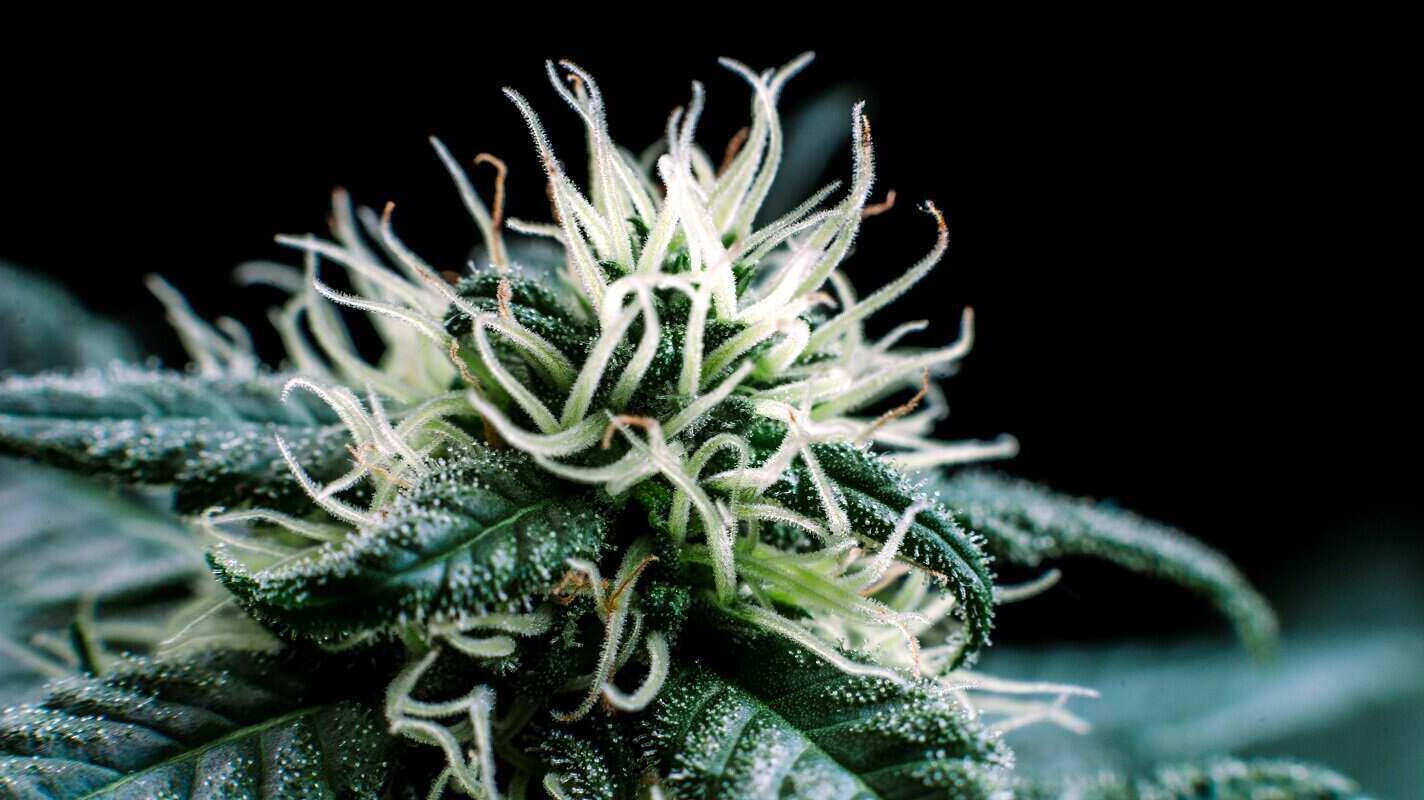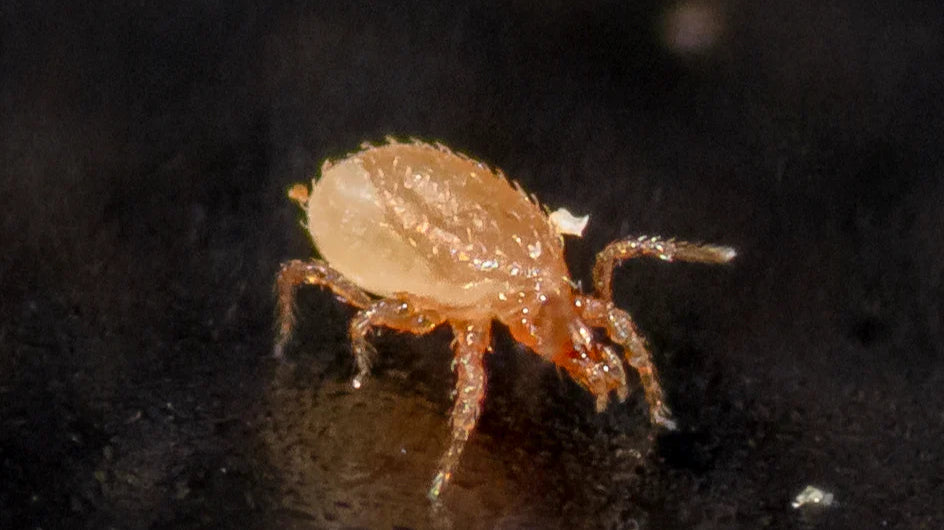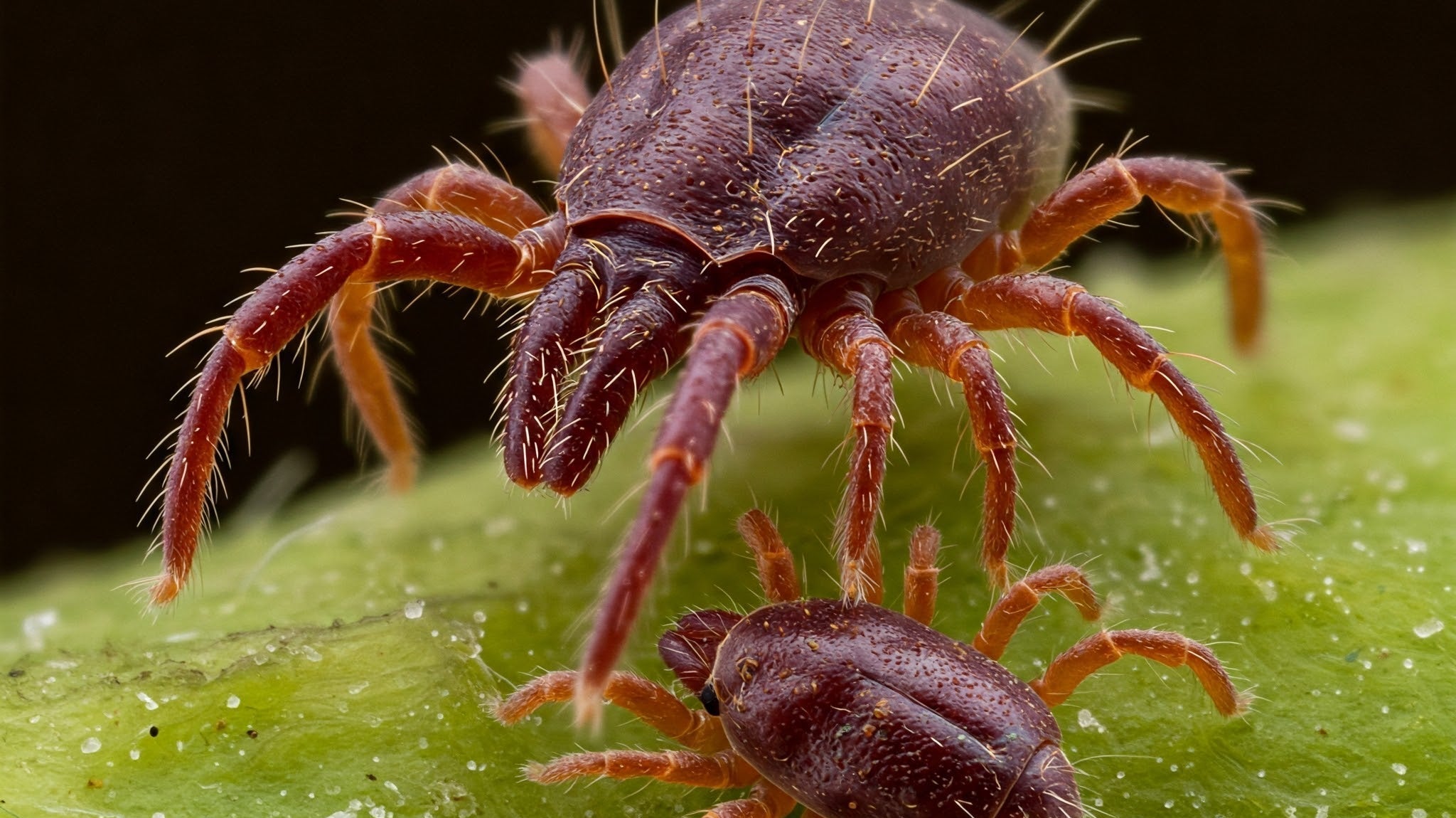Cryptolaemus montrouzieri
The Mealybug Destroyer Has Arrived
If you’re dealing with mealybugs, skip the sprays and go straight to the source: Cryptolaemus montrouzieri, a mealybug’s worst nightmare—and your new best friend.
These treatment bottles are packed with live adults and larvae, both of which feed aggressively on mealybugs at every stage: eggs, nymphs, and adults. They’re not here to snack—they’re here to clean house.
Adults are dark brown with orange heads, about the size of a ladybug. The larvae? They look like tiny, fuzzy alligators and eat like they’ve got something to prove. Together, they wipe out infestations fast and naturally.
What They Target
-
Citrus mealybugs
-
Comstock mealybugs
-
Long-tailed mealybugs
-
Other mealybug species
-
Also feeds on the crawling stages of some scale insects
When to Use
-
You’ve got a mealybug problem, not just a suspicion
-
You want results within 7–10 days
-
Your temps are above 50°F (they don’t survive freezing)
Why Bottles?
-
Immediate action. Larvae and adults feed right out of the gate.
-
Reliable suppression. Especially effective during heavy infestations.
-
Scalable. Use on a single plant—or deploy thousands across a greenhouse.
How to Use
-
Gently rotate the bottle to distribute beetles evenly.
-
Release beetles directly onto infested plants, focusing on mealybug hotspots.
-
For climbing crops or vertical surfaces, place beetles as close to colonies as possible.
Use in the early morning or evening for best results. Avoid releasing during extreme heat or direct sunlight.
How Many Do You Need?
-
Light infestations: 1–2 beetles per sq. ft.
-
Heavy infestations: 2–4 beetles per sq. ft.
-
Large-scale applications: 1,000–2,000 beetles per acre
Totally Safe For:
People, pets, and plants. Cryptolaemus only wants mealybugs, not your philodendrons—or your fingers.
Pro Tips
-
Don’t refrigerate long-term. Use immediately, or store briefly at 45–55°F (no more than 18 hours).
-
Reapply after frost. These beetles can’t survive below 50°F.
-
For lasting control, pair with slow-release predators or sticky trap monitoring.
Shipping & Storage
-
Release on arrival. Short-term storage okay at 45–55°F for up to 18 hours
Too Many Options?
We get it. Try our mite/insect matchmaking quiz and instantly get matched to the solutions you may need.
Mite Matters
How to Treat Snake Mites Naturally with Predatory Mites
The Beginner's Guide to Predatory Mites
Predatory mites are the unsung heroes of plant care, working behind the scenes to protect your plants from destructive pests. Unlike chemical treatments, they offer a natural, self-sustaining solution that requires minimal effort on your part. Whether you’re preventing an infestation or fighting off an active one, these microscopic allies get the job done efficiently and effectively.


